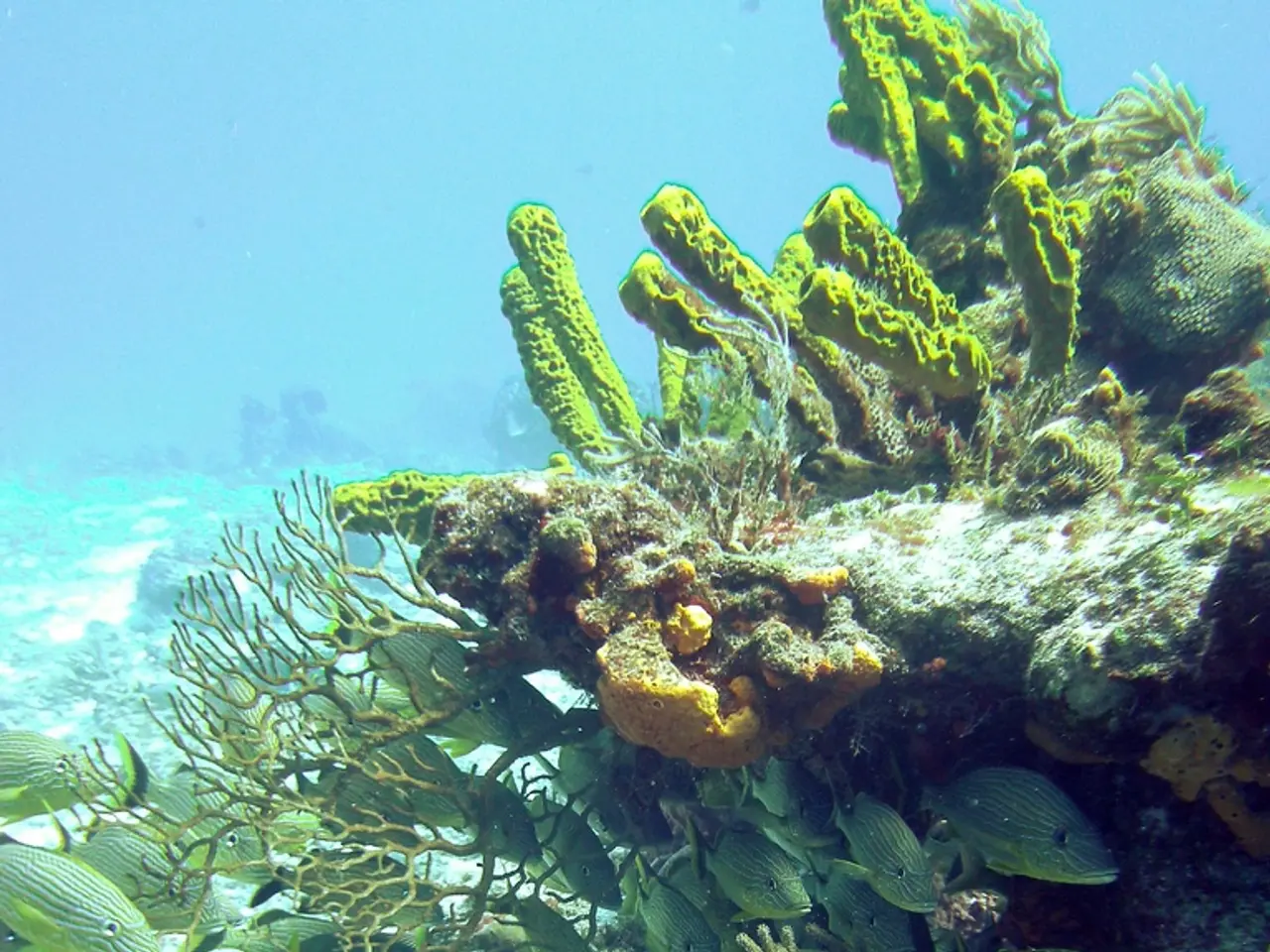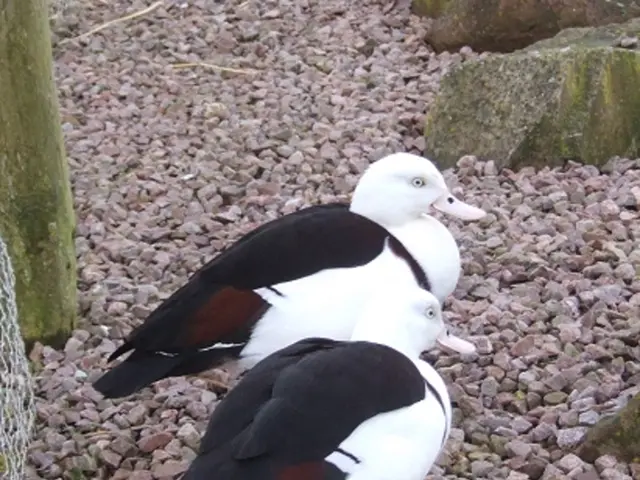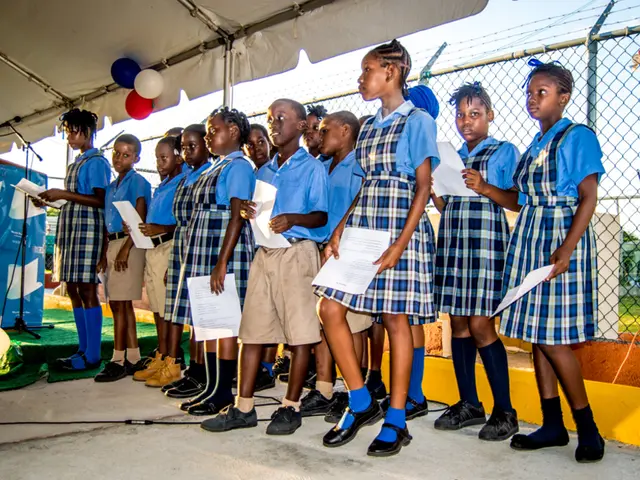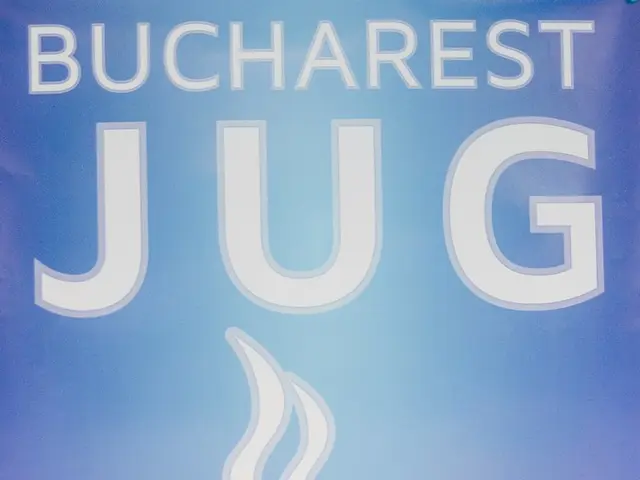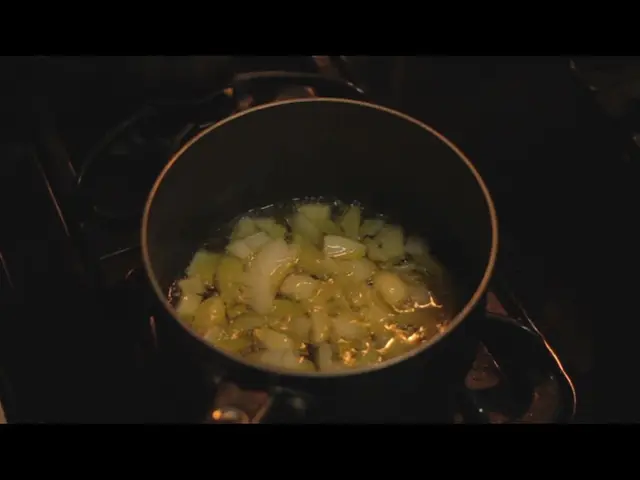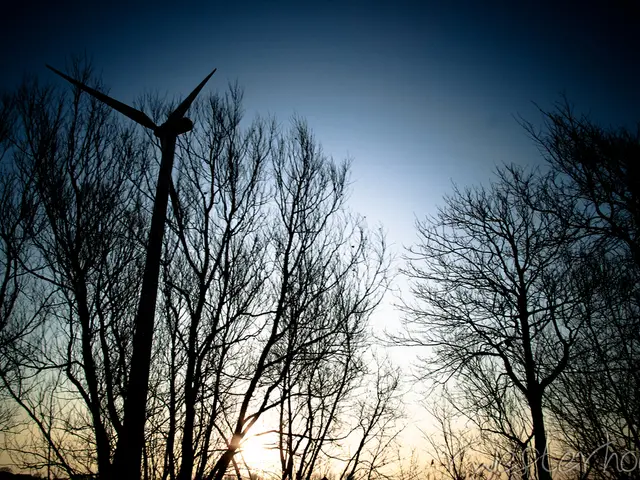Unveiling the strife surrounding the capture of a deep-sea fish with a 200-year history
The Chatham Rise, home to the world's oldest and largest orange roughy fishery, has been facing a significant challenge. This vital fishing ground, which contributes over 60-70% of New Zealand's orange roughy catches, particularly from the East and South areas, has seen a dramatic decline in the population of this long-lived fish species.
The orange roughy, a fish with a life expectancy of up to 250 years, has been living in the South Pacific Ocean for centuries, possibly dating back to the Qing Dynasty in China and before the United States became an independent country. However, the current state of the fishery is a far cry from its historical abundance.
In the early 1990s, the Spawning Box, an important spawning area, and seamount 'Morgue' were closed due to overfishing. The situation worsened in 1997 when scientists discovered that the north-eastern part of the Chatham Rise had only 20% of its pre-fishing biomass left, leading to a significant drop in catches and the closure of some fishing grounds.
The orange roughy fishing industry, after the crash in the 1990s, heavily invested in building a sustainable reputation. This effort was recognised in 2016 when three orange roughy fisheries in New Zealand, including Chatham Rise's Northwest, and East and South areas, earned the Marine Stewardship Council’s (MSC) badge of sustainable fishing.
However, recent research on the species' stocks on the Chatham Rise has sounded an alarm, particularly for the Northwest and East and South areas, as the stock was found to be 'significantly below' sustainable levels. The orange roughy population in these areas is now 'significantly below' 20%, a level that represents an overfished stock, and one below 10% is deemed to be 'collapsed' and at risk of not recovering.
The decline in the orange roughy population is largely due to the primary method for harvesting the fish, bottom trawling. This method is infamous for its destructive impacts on seabed communities, causing huge damage to the ecosystems, particularly on seamounts where the fish likes to spawn and feed. Trawl nets also scrape up corals and sponges that are known to live for over 10,000 years.
Bottom trawling also involves high levels of 'bycatch' - the capture of non-target animals. This not only leads to the unnecessary death of various marine species but also disrupts the delicate balance of the underwater ecosystem.
In response to the alarming state of the orange roughy population, Fisheries New Zealand opened a public consultation in July 2023 on the next step for the East and South Chatham Rise. Closing the fishery for recovery and reducing catch quotas by 23%, 42%, or 60% are among the options being considered.
The future of the orange roughy fishery in New Zealand is uncertain, but one thing is clear - urgent action is needed to ensure the sustainability of this valuable resource for future generations.
Read also:
- Catastrophe at a U.S. Steel facility in Pennsylvania results in the loss of two lives. crucial details unveiled
- Auto Industry Updates: Geotab, C2A, Deloitte, NOVOSENSE, Soracom, and Panasonic in Focus
- Liverpool unveils plans for expanding its electric fleet: intends to incorporate 50 new electric buses
- Battle for Corporate Liability in Addressing Climate Damages
